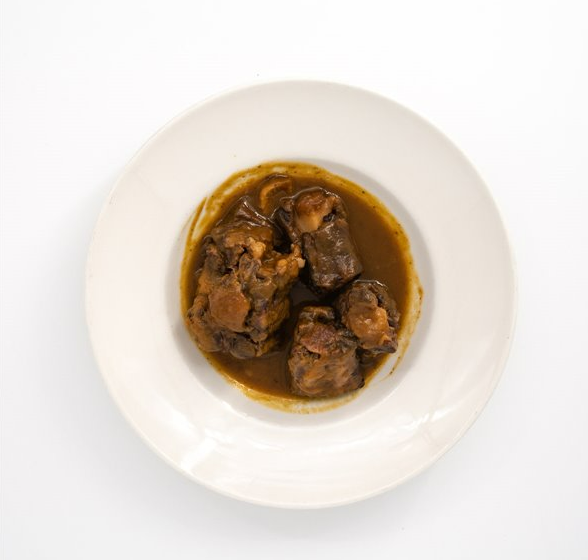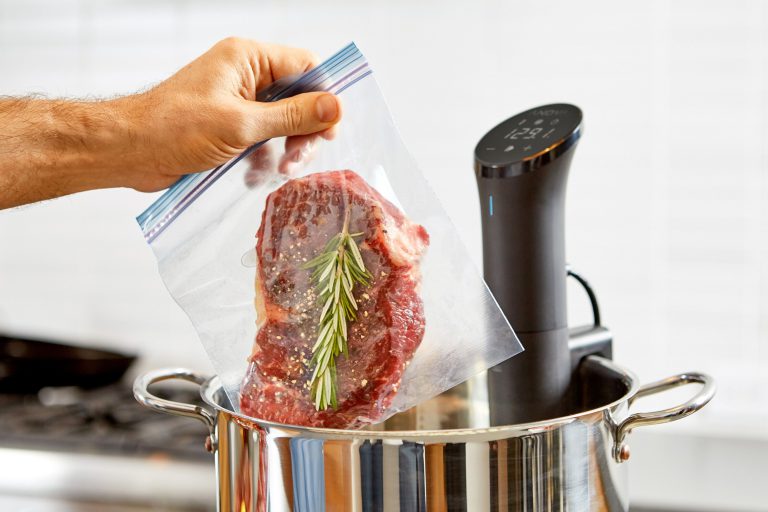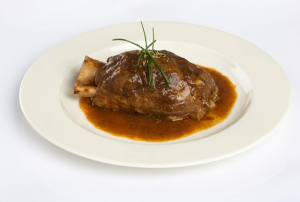
- Readers Rating
- No Rating Yet!
- Your Rating
You are probably familiar with the words low temperature cooking. This is a culinary technique that consists of preparing food over low heat for long periods of time. Today at mentta we tell you all the tricks and benefits of low-temperature cooking. Why is this technique so successful?
Sous vide or low-temperature cooking is a technique based on cooking food at temperatures no higher than 100º. This method of preparation is the result of a scientific study which proves that food that is cooked for long periods at low temperatures retain their flavour better, achieve a better texture and even transform their properties.
Before explaining a little more about low temperatures, it is important to have good raw materials. So, as the New Year is approaching, enter our mentta post and find out where to buy seasonal meat in February. Also, if you click on this link you can browse our online shops and choose the meat you like the most.
It is true that for the food to acquire this mellowness, it is necessary to vacuum pack it, as this way all the flavour and temperature will be concentrated. What is vacuum packing? It consists of placing the food (already seasoned) inside a bag and sealing it perfectly without air or liquids. Once the food is well sealed, the important thing is the way it is cooked, or rather, the instrument.
This is not the first time that a prestigious chef has talked about the low-temperature technique. In fact it was discovered years ago and since then its practice has not ceased, on the contrary, it has been increasing. With technological advances, cooking tools have been developed that are ideal for sous vide cooking:
- Thermal circulators: this is a kitchen appliance that is responsible for maintaining a constant temperature. You indicate the temperature at which you want to cook and this small appliance takes care of maintaining the temperature.
- Slow cooker: these are very simple electric pots, with two levels (high and low temperature). The advantages of this instrument are its ease of use, but its main disadvantage is its inaccuracy in terms of temperatures.
- Deep fryer: even the deep fryer can be our companion in this experience. Just fill it with water and use it as if it were a sous vide cooker.
All these cooking instruments can make the task easier, but it is not necessary to have all the machinery. You can resort to the more traditional methods such as the pot and the thermometer. This method is as simple as it is economical, although it is also very laborious, as you have to pay a lot of attention to the pot. It has always been said that cooking with love is tastier than fast cooking, and with this method, it is necessary to make sure that the temperature is constant throughout the whole process.

Origins of low-temperature cooking
The history is so curious that almost all the methods that are used today in cooking had already been tried and tested many years ago. This technique is not far behind either, and traces of this practice were already found in Turkish and Indian civilisations. It is said that they kept underground ovens that did not reach a temperature of more than 90 degrees. Later, in the Jewish religion, this technique was developed on the occasion of the Sabbath. On this holy day, work is not allowed, so they had to develop cooking techniques at low temperatures for long hours to preserve the food.
Later, around the turn of the 20th century, an American noticed a novelty: when a stew is left on a potato spit, the meat becomes softer. In the 1970s, this technique was finally developed at the Troisgros restaurant by George Pralus. He discovered that foie gras did not lose any of its texture or fat when cooked using this technique. From then until today, low temperature cooking has become a popular technique in homes and restaurants.
What are the benefits?
There are many benefits to this technique. The first of all is that they are easy to store. Once they are cooked (and still inside the bag), the result can be kept cold or frozen. It will be perfectly preserved and it is only necessary to heat it and that’s it, it will not have lost its flavour and it will still be delicious. On the other hand, the nutritional benefits are:
- Less loss of nutrients: especially vitamins (A, C and E) and certain minerals that are more sensitive to high temperatures.
- Greater concentration of flavours: as the food is in the bag, it does not lose its flavour concentration. For example: if vegetables are added to the pot, as they do not come into direct contact with the water, they do not lose sodium, so they retain their flavour better.
- No oxidation and rancidity: the food is not in contact with oxygen, so the appearance of toxic substances that appear with high temperatures in foods such as meat or fish is slowed down.
There is a risk: the temperature must be low, but not too low. Certain bacteria proliferate at temperatures between 4 and 54 degrees Celsius. For this reason, it is recommended to cook at a minimum temperature of 55 degrees, so that the bacteria cease their reproductive activity. In general, in order to guarantee health safety, a second cooking at 70º is usually carried out, but only for two minutes.
Well, now you have all the basic knowledge, you need to start cooking at low temperature. Now there’s only one option: to check if the technique is as tasty as they say it is. Don’t worry, we have the solution. You can find plenty of roasts in mentta shops – come and taste them!

